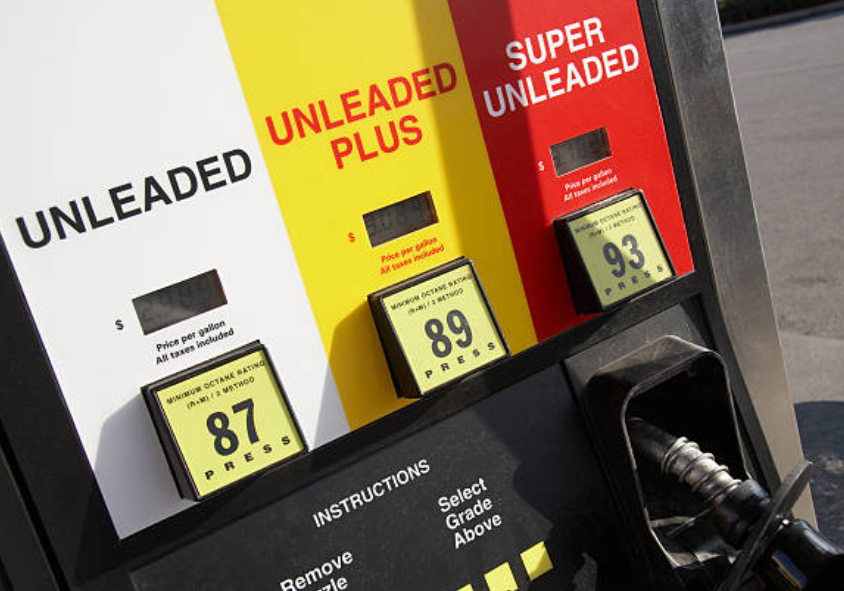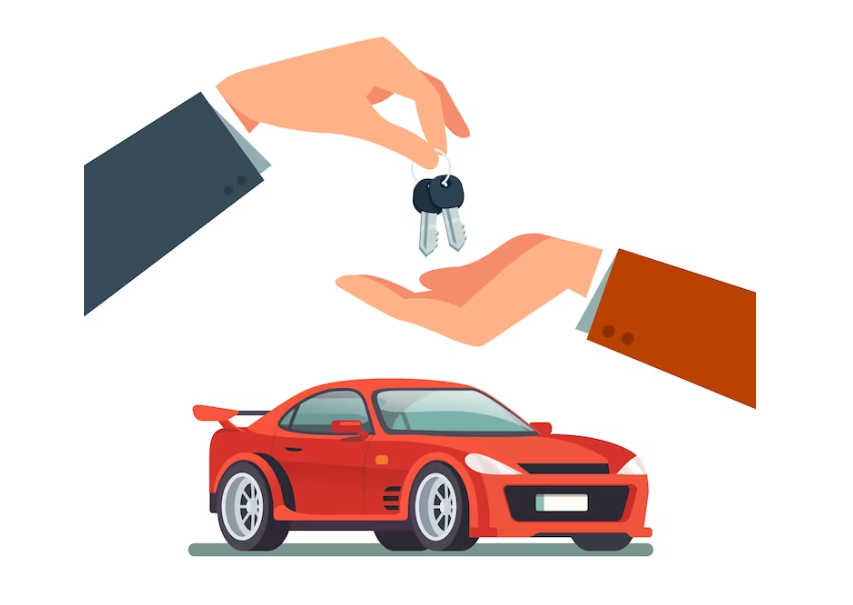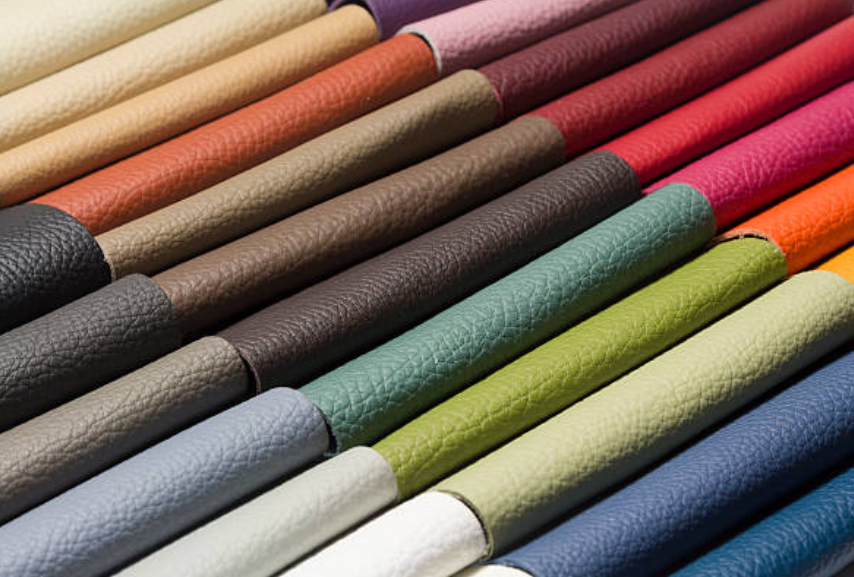Do You Need To Dry The Car After Washing? The Best Way To Dry A Car.
Drying is one phase in the car wash process that is sometimes overlooked but can make all the difference in how clean your automobile is. Although drying your automobile after washing it might seem simple, are you sure you are doing it correctly? The majority of people aren't!
An exceptionally spotless car can be distinguished from a merely clean one by practicing proper post-wash car drying. This is an art in and of itself. Appropriate drying methods are more than just a matter of taste; they are necessary to avoid unsightly water stains, shield your car's paint from dangerous rust and corrosion, and increase its overall longevity.
In addition, a properly dried car demonstrates the time and care you have taken to keep your vehicle looking nice. We have therefore chosen to walk you through the process of drying an automobile after washing it today. You will learn the techniques for detailing that will provide you with the stunning finish you want, along with time-saving advice.

Let us be clear about one thing before we discuss the science and art of drying an automobile after washing it. Do cars need to be dried off after washing?
Why You Need to Dry Car After Wash? What Happens When You Do Not Dry Your Car After Washing It?
It is only reasonable to want to show off the best possible outcome after spending time and effort washing your car. While leaving your car to dry naturally may seem like the easiest option, doing so frequently results in unsatisfactory or even harmful consequences. So it is very important to dry your car after washing it.
Avoiding Water Spot and Discolorations:
Have you ever seen those ugly spots on your recently cleaned car's surface? Those are water stains that remain on the surface of your car after water droplets dry.
Minerals and other particles that were formerly dissolved in water are left behind as they evaporate and land on the surface of your car. These deposits have the potential to etch into the clear coat and paint of your car, leaving behind difficult-to-remove stains and damaging the surface.
In fact, to completely remove them from your car, you will frequently need to use a specialized hard water remover. Having said that, using the right automobile drying measures will help you prevent them altogether!
Preventing Corrosion and Rust:
Let us talk about rust if keeping the car dry after washing is not motivation enough to avoid aesthetic problems.
Water has the ability to seep into small crevices, scratches, or damaged places on the body of your car when it is left to sit on the surface. Here, it might start the rusting process, which would cause structural damage over time.
You can extend the life of your car's bodywork by actively stopping the corrosion process by properly drying your car after every wash.

Getting a Perfect Shine:
Lastly, and maybe most significantly, drying your car after washing ensures that perfect, shiny shine that we all adore. A perfectly dry car has a certain aura of luxury and demonstrates your real concern for your vehicles.
Whether you drive a Ford or a McLaren, making sure all water and possible residue are thoroughly removed will leave your vehicle with a shining, clean shine that is guaranteed to draw attention!
Having said that, drying your automobile after washing it is a crucial part of automotive maintenance that will help you keep your cherished car's integrity, value, and appearance intact.
The next question is: Exactly how should you handle it? Follow along as we show you how to properly dry a car after washing it.
Now that you grasp the importance of drying your car after a wash, let's explore the two primary drying methods: towel drying and blow drying. Each method has its advantages and disadvantages, and the optimal choice largely hinges on your specific requirements and circumstances.
Towel Drying: Traditional and Reliable
Towel drying, the conventional method, involves using a clean, absorbent towel to remove water from the car's surface, ensuring a streak-free finish. Here are some key considerations:

Advantages:
- Accessibility: Towels are readily available in various materials, sizes, and absorbencies. Microfiber towels, for example, are designed to be highly absorbent and gentle on car paint.
- Control: Towel drying provides control over the pressure applied, allowing for gentle treatment of the car's paintwork.
- Cost-effectiveness: Towels are generally more affordable than high-quality car dryers.
Disadvantages:
- Time-consuming: Drying a car thoroughly with towels can be time-intensive, particularly for larger vehicles.
- Risk of scratches: Improper towel drying can result in scratches or swirl marks, especially if the towel picks up dirt or debris.
- Although towel drying is the most commonly used method, the increasing popularity of blow drying is rapidly changing this trend.
- Blow Drying: The Contemporary Approach
Blow Drying: The Modern Approach
Advantages:
Efficiency: Car blow dryers can swiftly and effectively dry the vehicle, making them ideal for time-constrained situations.

- Reduced contact: Since blow drying involves minimal contact with the car's surface, the risk of scratches or swirl marks is notably diminished.
- Access to intricate areas: A blow dryer can expel water from tight spots and crevices that are challenging to reach with a towel.
Disadvantages:
- Cost: High-quality car dryers can be an investment; although their affordability is improving, they generally cost more than towels.
- Availability: Unlike towels, blow dryers are not as commonly found, necessitating a specific purchase.
- Space requirement: Blow dryers necessitate dedicated storage space when not in use.
So, which method reigns supreme? What's the optimal way to dry a car post-wash? The answer isn't a one-size-fits-all solution.
If you prioritize control and affordability and don't mind investing additional time, towel drying may suit your needs. Conversely, if speed, minimal contact, and efficiency are your top priorities, investing in a car blow dryer could be advantageous.
That said, we advocate for towels as the superior method for drying a car post-wash due to the meticulous attention to detail they require, ensuring a brilliant shine in the end, which is ultimately what matters most, isn't it? While a blow dryer can expedite water removal when time is of the essence, we still recommend employing a towel for spot drying.
In essence, whether you opt for towels or a blow dryer, remember that the drying process following a car wash is just as crucial as the wash itself. Whichever method you select, Jennychem has your back. In the following section, we'll guide you through a step-by-step process on how to dry a car post-wash.
By now, you understand the crucial nature of drying your car post-wash.
You're aware that it's more than just a simple wipe-down; it requires the right tools, techniques, and considerations to achieve that showroom shine without harming your car's exterior.
Now, we aim to equip you with practical tips and guidance on drying your car after washing to achieve the most dazzling finish possible.
Selecting the Right Towels
The choice of tools is pivotal to the outcome. If you've opted for towel drying, go for the gold standard: microfiber cloths. These are specifically engineered with an ultra-soft, highly absorbent material that is gentle yet effective on your car's paint.

Consider investing in Jennychem's array of drying towels for car detailing, each crafted for this very purpose.
For instance, the Aqua Green Super Absorbent Drying Towel and Thick Dark Blue Microfiber Drying Towel stand out. With their exceptional absorbency and ample size, they are designed to safely remove water, leaving behind a streak-free, swirl-free finish.
Jennychem's commitment to quality and effective car care shines through these outstanding products, as it does with all our professional car cleaning items, from car wash soaps to car snow foam shampoo, tyre cleaner, car wash mitts, and more.
If you prefer a blow dryer, steer clear of using your leaf blower or hair dryer. Ensure it's specifically designed for car detailing. This tool should be gentle yet powerful, capable of efficiently removing water without risking heat or force damage.
Employing the Right Drying Techniques: Top-Down, Blotting, and More
There's more than one way to achieve the desired result, and as strange as it may sound, this age-old saying applies to drying your car after washing, too. This applies not only to the choice between towel drying and blow drying but also to the specific method you select.

For instance, we recommend two techniques for towel drying your car after washing:
Top-Down: Start at the top and work your way down gradually. This allows gravity to assist in the drying process, preventing the need to revisit areas due to water trickling down.
Blotting: Instead of dragging the towel across your car's surface, blot the water. This method works exceptionally well with Jennychem towels, which are large enough for blotting and possess the high absorbency needed for the task.
If you opt for blow drying instead of towel drying, follow our advice to begin at the top and work your way down. Use a smooth, sweeping motion, keeping the nozzle a few inches away from the car's surface. The goal is to let the air stream do the work rather than forcefully blasting away water.
General Tips for Drying Your Car After a Wash
Regardless of the method chosen, some general tips can streamline the drying process:
Shade: Dry your car in the shade to prevent water spots, as sunlight accelerates evaporation.
Section by Section: Work methodically in sections to prevent water from drying prematurely.
Don't overlook hidden spots: Pay attention to door jambs, trunk seals, and other inconspicuous areas where water tends to accumulate.
Post-Drying Considerations
With the bulk of the work completed, there are still a few additional steps to take once your car is dry:
Tyre Cleaning: To improve the look of your tyres, make sure you clean them with a high-quality tyre cleaner, such as the one Jennychem sells.
Examine for Any Remaining Contaminants: Following drying, look for any leftover dirt or contaminants. If needed, use a clay bar to get rid of these remnants from your paint job.
Clean the Windows and Windshield: For a streak-free finish, use Jennychem's premium auto glass cleaner and glass cloths to clean your windows and windshields.
Think about waxing your car to give it a glossy shine and shield the paint from the weather. To get the best adhesion, make sure the car is completely dry and clean before waxing.
Remember that drying your car after washing is important for safety reasons as well as appearance. The selection of car detailing solutions from Jennychem makes it easy to achieve a perfect finish.
Why can't I simply let the car air dry?
Although air drying is a possibility, it is not always the best technique, particularly if the automobile is exposed to sunshine or you live in a place with harsh water. Water stains and streaks that are left behind after air drying may be challenging to get rid of later.
Is drying the car in the shade a requirement?
To avoid water spots, it is advised to dry the automobile under shade to stop the water from evaporating too quickly. If you cannot dry the car in the shade, you can still get decent results by drying the car rapidly and using the appropriate techniques.
What tools do I need to dry my freshly washed car?
You can use drying towels made specifically for detailing cars, microfiber towels, or chamois cloths. These tools aid in achieving a streak-free finish because they are very delicate and absorbent on the paint surface.

With all of this newly acquired information and understanding on how to dry a car after washing, you can now get a spotless, flawless dry car after washing. We hope you now understand how important drying is to your car's longevity and overall health, in addition to its appearance.
Now that you know these useful tips and tricks, you can select the drying process and equipment that work best for you. Keep in mind that having the appropriate partner makes the path to a pristine shine much easier, and Jennychem's selection of drying towels looks to be just that.
Do not simply dry your car, then. Treat it with the respect it deserves. Every post-wash dry you do will help the car function better for longer while preserving its beautiful shine. Allow Jennychem's high-quality goods to help you accomplish this important purpose.
Click on the following link to read another blog post: Why You Need A Fire Extinguisher?

















